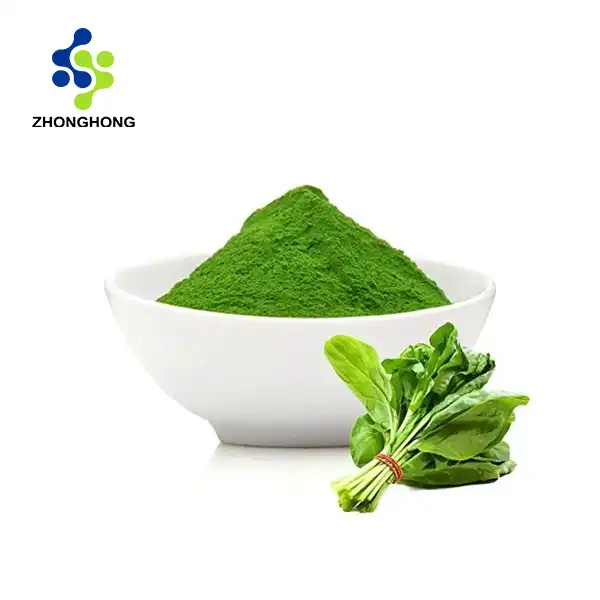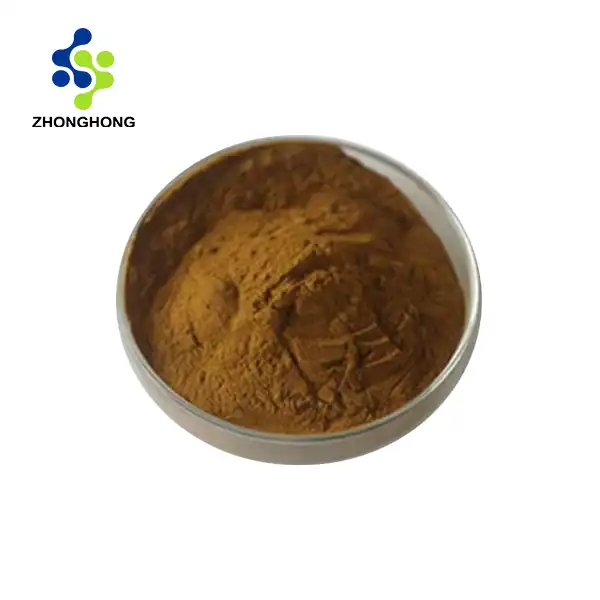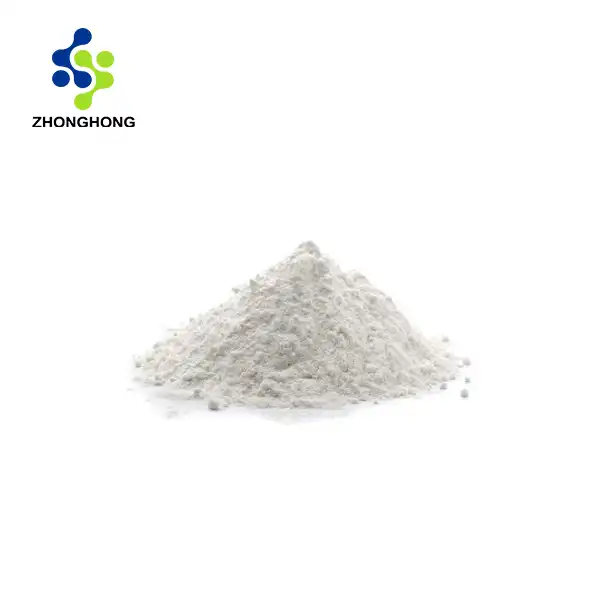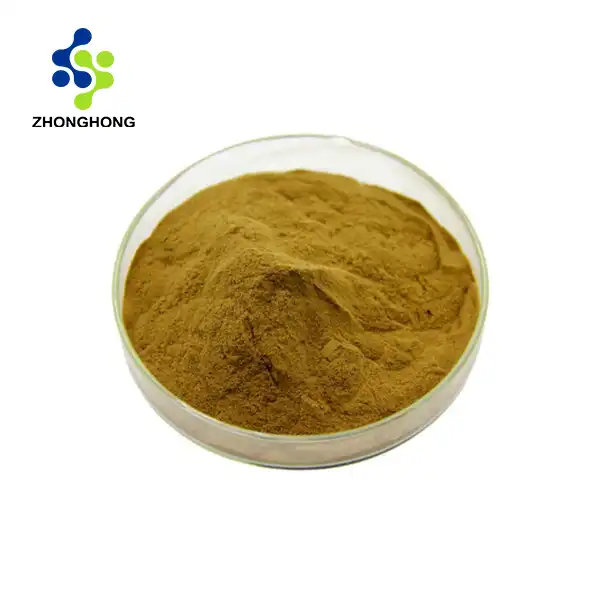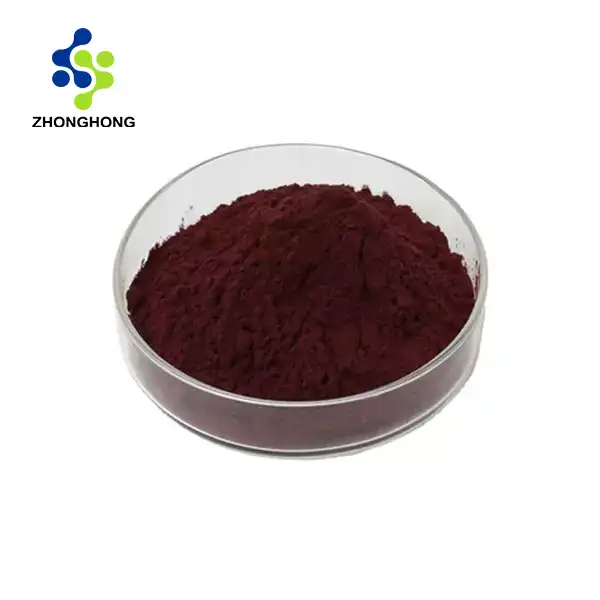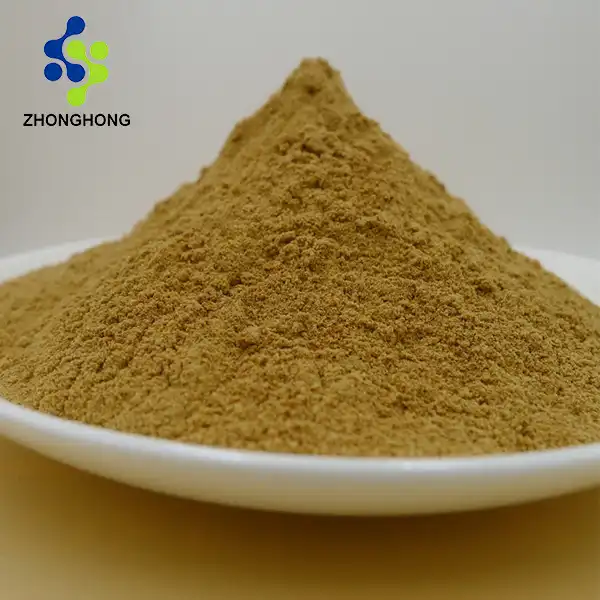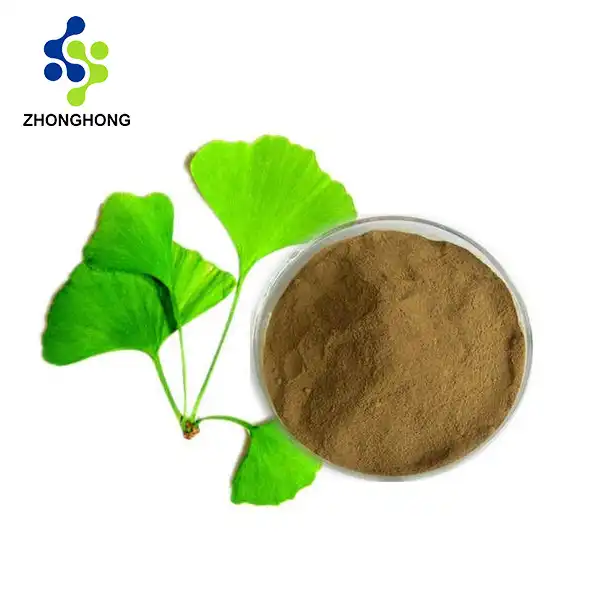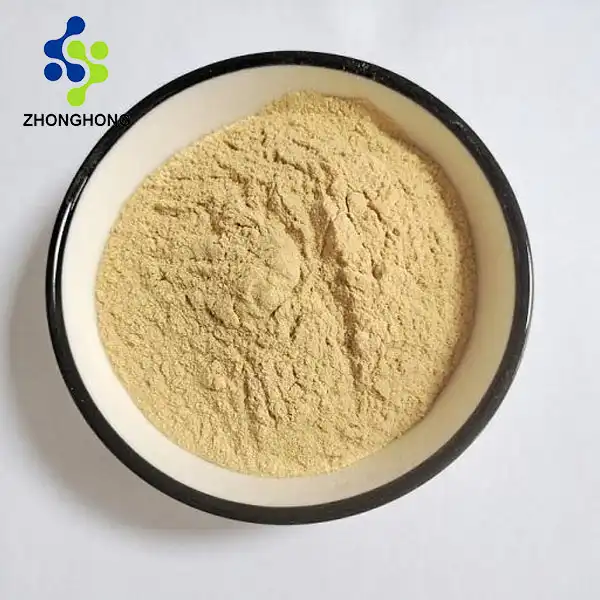Cardiovascular Benefits of Tanshinone IIa
Cardioprotective Effects
Tanshinone IIa exhibits remarkable cardioprotective properties, making it a valuable compound in the prevention and treatment of various heart conditions. Its ability to scavenge free radicals and reduce oxidative stress plays a crucial role in protecting cardiomyocytes from damage. Research has shown that it can significantly attenuate myocardial ischemia-reperfusion injury by activating the PI3K/Akt signaling pathway, thereby promoting cell survival and reducing apoptosis. This protective effect extends to the mitochondria, where it helps maintain membrane potential and preserve cellular energy production during stress conditions.
Anti-atherosclerotic Properties
The anti-atherosclerotic effects of Tanshinone IIa have been extensively studied and documented. This compound effectively inhibits the formation and progression of atherosclerotic plaques through multiple mechanisms. It suppresses the expression of pro-inflammatory cytokines and adhesion molecules in vascular endothelial cells, reducing the recruitment and adhesion of inflammatory cells to the vessel wall. Additionally, it modulates lipid metabolism by decreasing low-density lipoprotein (LDL) oxidation and enhancing cholesterol efflux from foam cells. These actions collectively contribute to the stabilization of existing plaques and prevent the formation of new ones, making Tanshinone IIa a promising agent in the management of atherosclerosis.
Regulation of Blood Pressure
Tanshinone IIa demonstrates notable antihypertensive effects, contributing to its overall cardiovascular benefits. It achieves this through various mechanisms, including the modulation of vascular smooth muscle tone and the regulation of endothelial function. Studies have shown that it can enhance the production of nitric oxide, a potent vasodilator, by activating endothelial nitric oxide synthase (eNOS). This action leads to improved vascular relaxation and reduced peripheral resistance. Moreover, it has been found to inhibit the renin-angiotensin-aldosterone system (RAAS), a key regulator of blood pressure, further supporting its potential as a natural antihypertensive agent.
Anticancer Properties of Tanshinone IIa
Apoptosis Induction
One of the most encouraging parts of Tanshinone IIa in malignant growth treatment is its capacity to actuate apoptosis in different disease cell lines. This customized cell passing instrument is critical for taking out possibly unsafe or harmed cells, including dangerous ones. It has been displayed to actuate both characteristic and extraneous apoptotic pathways in disease cells. It upregulates supportive of apoptotic proteins, for example, Bax and Terrible while downregulating against apoptotic proteins like Bcl-2 and Bcl-xL. Besides, it can set off the arrival of cytochrome c from mitochondria, prompting the actuation of caspase overflows and at last bringing about cell passing. This particular apoptosis acceptance in disease cells, with negligible effect on typical cells, makes our product an alluring possibility for designated malignant growth treatments.
Anti-angiogenic Effects
Angiogenesis, the formation of new blood vessels, is a critical process in tumor growth and metastasis. It exhibits potent anti-angiogenic properties, effectively inhibiting the growth and spread of tumors. It achieves this by targeting multiple aspects of the angiogenic process. It has been shown to suppress the expression of vascular endothelial growth factor (VEGF), a key mediator of angiogenesis, in various cancer cell lines. Additionally, it inhibits the migration and tube formation of endothelial cells, crucial steps in the formation of new blood vessels. By disrupting the tumor's blood supply, Tanshinone IIa not only limits tumor growth but also enhances the efficacy of other cancer treatments by improving drug delivery to the tumor site.
Cell Cycle Regulation
Tanshinone IIa shows a surprising skill to control the cell cycle in malignant growth cells, adding to its anticancer impacts. It has been seen to instigate cell cycle capture at different designated spots, essentially the G0/G1 and G2/M stages, contingent upon the disease cell type. This capture is accomplished through the tweak of key cell cycle controllers, including cyclin-subordinate kinases (CDKs) and their inhibitors. it has been displayed to upregulate p21 and p27, significant CDK inhibitors, while downregulating cyclins and CDKs liable for cell cycle movement. By stopping the cell cycle, our product forestalls the uncontrolled expansion of malignant growth cells, giving an extra instrument to its anticancer action. This cell cycle administrative impact supplements its apoptosis-inciting properties, making Tanshinone IIa a complex anticancer specialist.
Neuroprotective Effects of Tanshinone IIa
Cognitive Enhancement
Tanshinone IIa has exhibited critical potential in improving mental capability and safeguarding against neurodegenerative illnesses. Its neuroprotective impacts are credited to its capacity to cross the blood-cerebrum obstruction and cooperate with different brain connections. Studies have demonstrated the way that our product further develop memory and abilities to learn in creature models of Alzheimer's sickness and other mental issues. It accomplishes this by upgrading synaptic versatility, advancing neurogenesis, and diminishing neuroinflammation. It has been found to upregulate mind determined neurotrophic factor (BDNF), a key protein engaged with neuronal endurance and synaptic pliancy. Also, it tweaks synapse frameworks, especially cholinergic and glutamatergic pathways, which are pivotal for mental cycles.
Protection Against Oxidative Stress
The neuroprotective impacts of Tanshinone IIa are generally credited to its intense cell reinforcement properties. Oxidative pressure assumes a critical part in the pathogenesis of different neurological issues, including Alzheimer's illness, Parkinson's sickness, and stroke. Tanshinone IIa goes about as a strong scrounger of responsive oxygen species (ROS) and free extremists, in this way decreasing oxidative harm to neurons and glial cells. It upgrades the movement of endogenous cell reinforcement chemicals, for example, superoxide dismutase (Grass) and catalase, further supporting the mind's protection against oxidative pressure. Also, it has been displayed to safeguard mitochondrial capability in neurons, saving cell energy creation and forestalling apoptosis actuated by oxidative harm. This diverse cancer prevention agent activity contributes essentially to the compound's neuroprotective impacts.
Anti-inflammatory Action in the Brain
Neuroinflammation is a typical component in numerous neurodegenerative illnesses and adds to the movement of neuronal harm. Tanshinone IIa displays powerful calming properties in the focal sensory system, making it a promising specialist for overseeing neuroinflammatory conditions. It accomplishes this by regulating the actuation of microglia and astrocytes, the essential middle people of neuroinflammation. It has been displayed to stifle the creation of supportive of provocative cytokines, for example, growth putrefaction factor-α (TNF-α), interleukin-1β (IL-1β), and interleukin-6 (IL-6) in enacted glial cells. Besides, it represses the atomic component κB (NF-κB) flagging pathway, a critical controller of incendiary reactions. By weakening neuroinflammation, our product shields neurons from provocative harm as well as establishes a better climate for neuronal fix and recovery.
Conclusion
Tanshinone IIa emerges as a versatile bioactive compound with significant therapeutic potential across various medical fields. Its multifaceted pharmacological profile, encompassing cardiovascular protection, anticancer properties, and neuroprotective effects, positions it as a promising candidate for diverse clinical applications. As research continues to unravel its mechanisms of action and explore novel therapeutic avenues, it stands poised to make substantial contributions to modern medicine, offering hope for improved treatments in cardiovascular, oncological, and neurological disorders. If you want to get more information about this product, you can contact us at liaodaohai@gmail.com.
_1728976869676.webp)

